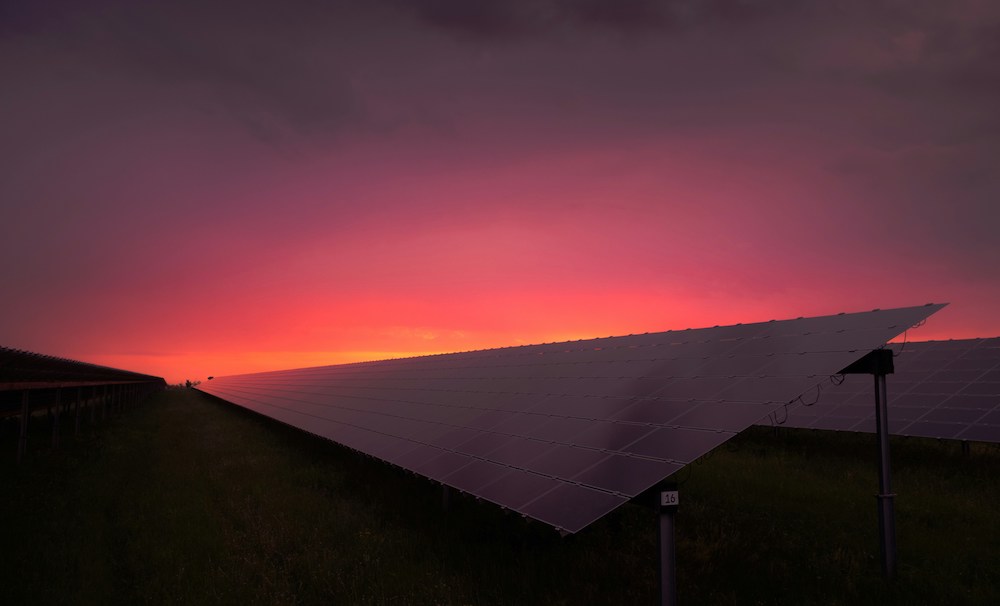
- Details
- By Chez Oxendine
- Energy | Environment
The General Services Administration (GSA) is offering to buy clean energy from tribal sources for the first time ever. It’s an important step for tribal energy development, but some experts say it could be more accessible.
The GSA seeks to purchase energy attribute certificates, or EACs, from renewable energy operations led or operated by tribes. These certificates serve as contracts promising that a particular clean energy operation will supply a particular amount into a region’s grid. The solicitation is a joint effort between GSA, the Department of Energy, and the White House Council on Native American Affairs.
It’s the first use of the Indian Energy Purchase Preference (IEPP) since its inception under the Energy Policy Act of 2005. The Biden administration announced plans to implement the IEPP across multiple agencies in late 2022. In the time since, the GSA collaborated with DOE and the White House to host listening sessions, tribal consultations, and to conduct market research. That has culminated in a “pilot” procurement program under the IEPP, a GSA spokesperson told Tribal Business News.
The solicitation provides a good opportunity, says Robert Blake (Red Lake Band of Chippewa,) executive director of Minneapolis-based Native Sun Community Power Development. Blake heads up a 20 megawatt solar project currently in development on the Red Lake Band of Chippewa reservation. As the project swings into full construction, the Band is looking for “offtakers” — purchasers of renewable energy in a solar development project — such as the federal government, Blake said.
“This is an exciting thing,” Blake said. “It’s definitely something we’re going to look into for our operation. That’s going to get more money into the hands of tribes who are ready to take advantage of it.”
GSA Administrator Robin Carnahan said the solicitation would help meet the Biden administration’s clean energy goals. The administration wants the federal government using carbon pollution-free electricity by 2030, per a GSA statement. In fiscal 2022, federal agencies used 52.4 million MWhs of electricity, with only about 11% of it classified as renewable energy.
Under the solicitation, GSA hopes to procure 47,500 megawatts of energy in total — a tiny fraction of the federal government’s usage — with as much as possible stemming from tribal sources.
The certificates also must have been created between April 1, 2023, and Dec. 31, 2024. Generation sources must have been put into operation on or after October 1, 2021. Finally, the energy must have entered a balancing authority— such as a grid region — named in the solicitation.
Responses to the solicitation are due June 24, 2024 at 4 p.m. Eastern Time. Awards are expected in July, per a statement from the GSA.
The agency hopes to learn more about what’s needed in Indian Country energy through the solicitation, according to the GSA spokesperson, who called the first use of the IEPP is a “milestone,” with more opportunities planned.
“This procurement will help GSA determine future procurement strategies and opportunities that help ensure investments in the clean energy economy reach tribal lands,” the spokesperson wrote in an email. “GSA is hopeful there will be other procurements using the preference to purchase clean energy from tribally owned minority businesses.”
While multiple energy experts told Tribal Business News that the GSA procurement program is a good step forward, some questioned how accessible the program would be for tribes and their energy enterprises.
Attorney Pilar Thomas, partner at Quarles and Brady LLP and a former federal energy official, said the GSA solicitation was “very specific,” meaning few tribes could take advantage. Generating enough power to sell spare EACs, having access to an eligible energy market, and meeting time requirements would greatly limit participation, she said.
Renewable energy credits are a type of EAC that certify 1 megawatt hour of power came from a renewable source. Few tribal projects generate enough power to create spare credits that aren’t already being sold to existing customers, Thomas said. Moreover, some states like Arizona and Nevada don’t have organized markets. In those states, energy can only be sold to existing utilities, she said.
The specificity seemed to undercut the promise of expanding tribal participation in energy development and markets, Thomas said. In fact, the most likely scenario is that one or more tribes spin up a company and buy smaller projects’ EACs. With enough certificates in hand, that hypothetical company could then sell in bulk to the federal government.
“That’s kind of a double-bankshot approach, however,” Thomas said. “There’s not that much clean energy being generated in Indian Country, and most of it is smaller in scale. There’s no one tribe that could fulfill this solicitation.”
Another approach to using the IEPP could be to simply pay tribes for the use of solar arrays on government buildings, Thomas said. She also pointed to buying other energy resources, such as biofuel from tribes in the northwestern United States.
The solicitation is a step in the right direction, but needs to be wider and more tailored to existing solutions in Indian Country, Thomas said.
“This is a good start — it's always better that they're doing something than doing nothing,” Thomas said. “I’m glad they’re thinking about this, I just think they have some other options for promoting tribal energy development.”
Native Sun’s Blake called the IEPP part of a wider opportunity to sell energy to buyers interested in meeting company environmental goals. Large companies like Apple and Microsoft are looking to sign power purchase agreements with renewable sources, including tribes, Blake said.
“A lot of times this falls into a company’s environmental and social goals, so they’re the ones purchasing this power,” Blake said. “In their minds, they’d rather buy renewable energy than get coal fire power from the utility companies. That’s what’s happening right now, all across the country.”
